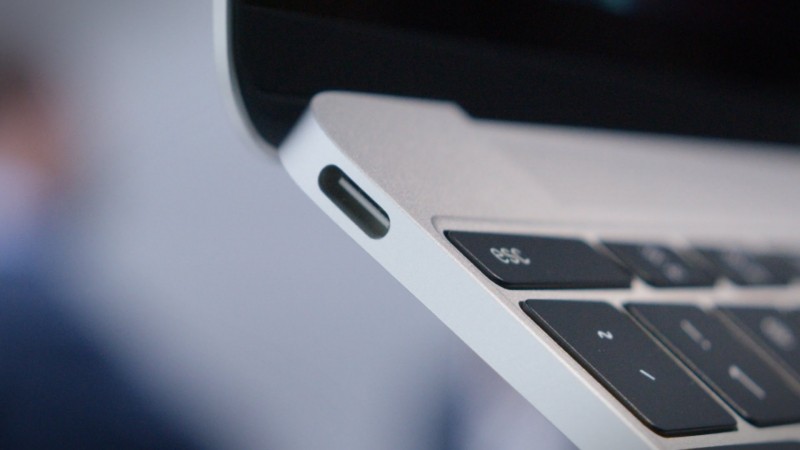Much of the tech press regularly overlooks PCs for wearables, smart homes, and IoT-related topics but, in the real world and to many people, PCs still matter a lot. So, this week's news out of Redmond and Taipei (where the annual Computex Trade show is being held) are actually really important.
To wit, Microsoft finally unveiled the official release date for Windows 10 (July 29) and Intel released more details about its next generation CPUs and chipsets, which are expected in PCs shipping in August. The combination of all these technologies will lead to not only the best performing PCs we've seen, but also the most capable, most flexible, and most expandable as well.
The combination of all these technologies will lead to not only the best performing PCs we've seen, but also the most capable, most flexible, and most expandable as well.
Windows 10 brings back the Start Menu and melds it together with elements of Windows 8 that really were useful once you got used to them (such as Tiles), while adding fascinating new extras like Cortana, Windows Hello for biometric authentication (e.g., log-in with your fingerprint, face or eventually, eye), and better integration with other Microsoft services (OneDrive, Xbox, Skype, etc.) The net result is a genuinely better OS both Windows 7 and Windows 8 users should be quite happy with.
Intel's Skylake CPUs are expected to bring better battery life for notebooks and 2-in-1s, greatly improved graphics performance, and support for faster DDR-4 memory. More importantly, the companion chipsets launching with Skylake are also going to enable several key new system-level capabilities including wireless charging (although, initially, with a hit to notebook thin-ness) and the introduction of Thunderbolt 3.
Now admittedly, most people lost interest in PC connectivity standards a long time ago, but Thunderbolt 3.0 looks to be a big change because it brings together the new USB type C connector along with significantly expanded capability and throughput. Specifically, the 40 Gbps data transfer rate of Thunderbolt 3.0 will support up to two daisy-chained 4K displays (as well as external storage) and up to 100 W of electrical power over a single cable.
In fact, Thunderbolt 3 also supports both USB 3.1 (and earlier standards) as well as PCI-Express and DisplayPort, all over that same reversible USB Type C connector. At long last, we have the one connector to rule them all. What that means is we'll start to see PCs with several USB type C connectors, and we'll eventually be able to connect them to just about any PC peripheral imaginable (and a few we haven't been able to imagine). In the interim, yes, we'll have to likely deal with dongles, but a better choice will be docks that have a Thunderbolt 3.0-enabled connection to a PC on one side, and just about every other PC connector available on the other.
One of the new capabilities this new connector enables is the ability to add an external graphics card to a notebook or small desktop PC. The speed of the connector, support for PCI Express, and new drivers from AMD that can enable hot plugging or unplugging all work together to bring this new capability to life.
Of course, to get all these new capabilities---particularly biometric authentication and Thunderbolt 3.0 support---will require new hardware, in addition to Windows 10. However, starting this fall, I think we're going to have some of the most interesting new PCs and some of the most compelling reasons to upgrade we've seen in a very long time. And, for a lot of people, that really does matter.
Bob O'Donnell is the founder and chief analyst of TECHnalysis Research, LLC a technology consulting and market research firm. You can follow him on Twitter @bobodtech. This article was originally published on Tech.pinions.
